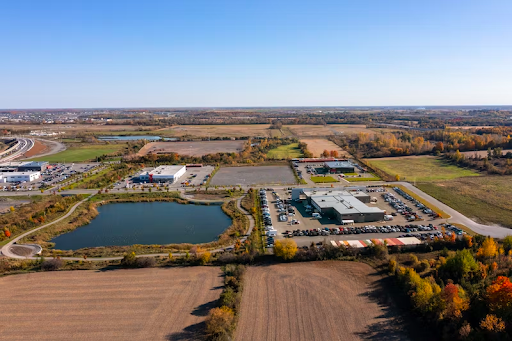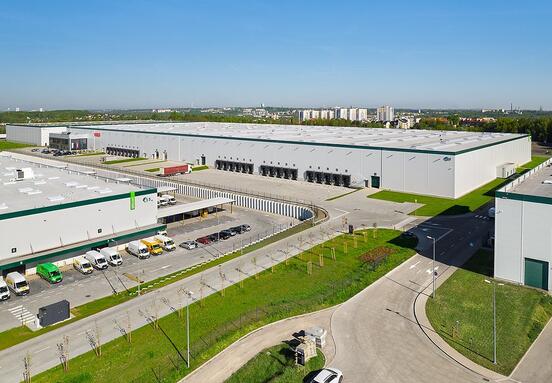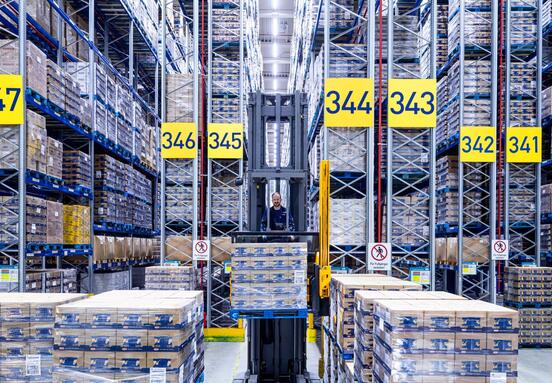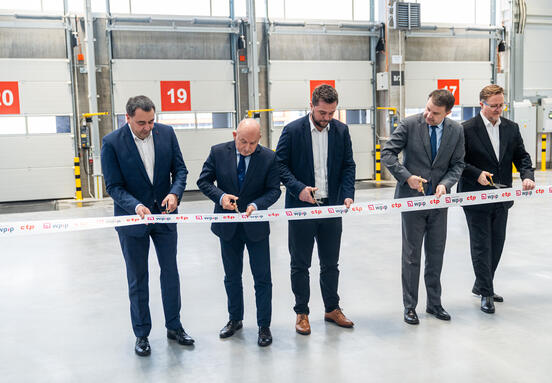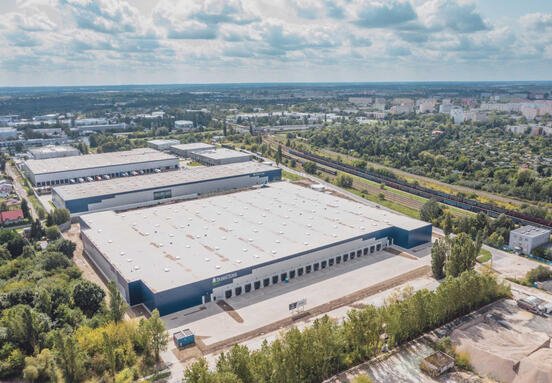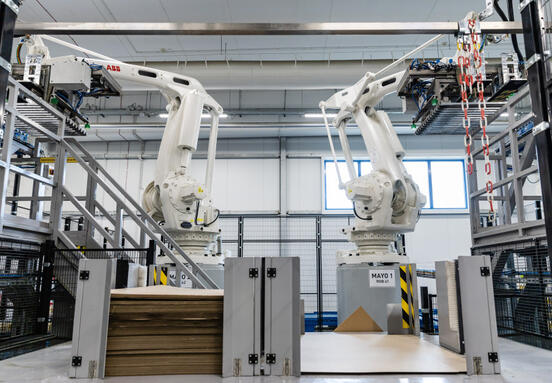While internationalization was already contributing to the growth of the logistics sector, the health crisis and the huge growth of e-commerce in 2020 have literally caused it to explode. Companies are looking for carriers and brokers capable of delivering their products around the world, often mixing different modes of transportation (air, sea, rail, or road) depending on the type of production, destinations, budgets, and desired delivery times.
Transportation in the Age of Globalization
Hesnault, a major player in logistics and international freight, for its part, has created Medexeno, its drug and pharmaceutical transportation subsidiary, with the ambition of putting its serious skills at the service of the health world.
Behind globalization, the industry of the future, and changing consumer behavior, logistics must follow regardless of the business sector involved, and therefore overhaul its organization. New technologies are a natural part of this, with "smart" transportation solutions, computerized and robotic warehouse management, and networking of information for optimal communication throughout the supply chain. Disconnected systems, multi-channel strategy, and unforeseen events throughout the chain are a thing of the past. From leaving the factory to reaching the point of delivery to the customer, the product must be identified, inspected, transported, and stored in the best possible conditions.
Automation and robotization
Supply chain optimization is essential at the warehouse level to increase competitiveness. Automation solutions are therefore becoming essential to save time, cost, and safety. In turn, the digitization of data and the use of cloud-based software allow the entire supply chain to be connected. Thanks to Big Data and the Internet of Things (IoT), communication is easier, and more and more information and data are shared. This allows for forecasting, planning in order processing.
Automated guided vehicles (AGVs), shuttle racking systems, robotic picking arms, gantry robots, stacker cranes... Autonomous warehouse management greatly improves order picking. Robotization speeds up, simplifies, secures the performance of previously manual tasks, frees from the most painful and repetitive manipulations. Many warehouses are using robots, or collaborative robots. Robots can collect data to optimize the supply chain. They are also present in unloading areas, such as with automated cranes at ports. Containers can even be placed on autonomous vehicles to be transported to their storage location.
Among the companies featured in our dossier, RC3M offers high-quality industrial culvert systems thanks to 100% French production. "Our special feature is that we offer the equipment in kit form, which allows us to be completely flexible to meet the specific needs of our customers," explains its manager, Nicolas Leroulier. Or any company that needs to handle products: from gardeners to large industries. For its part, Storopack offers a wide range of wedging and in-pack security solutions.
Digitization and machine learning
When it comes to freight transportation, the European Union is encouraging the digitization of information for transmission to authorities to save on costs for companies and make the sector more efficient and sustainable. Computerization is accelerating, with its attendant benefits.
Digitization of information improves inventory management, providing space savings in warehouses, speed of response to retrieval of goods, and greater traceability of products, which are identified throughout the logistics process (by barcode or RFID chip). Which has increased utility when the products are perishable.
An omnichannel strategy, which is now an integral part of the cwn, means that orders are processed in the same way, even if the information arrives through different channels. Aligning warehouse design with an omnichannel logistics strategy allows for unification in order processing and speeds up the order preparation process.
The need to anticipate customer needs is contributing to the birth of logistics of the future. Big data and artificial intelligence are enabling better forecasting, and thus predicting supply with a reliable idea of demand. Analytical tools now make available sales history, local news, weather forecasts, and social network exchanges. The logistics sector has thus become one that is making extensive use of machine learning or machine learning to help software improve logistics organization.
A sector undergoing profound change
The transformation taking place in this sector has various objectives. On the one hand, it reduces logistics costs, which are particularly important for the company. Optimized supply chain management, and consequently better flow management, also translates into faster delivery times generating increased customer satisfaction. More efficient processes, easier planning, and minimized losses are other advantages of Logistics 4.0.
Among other cutting-edge methods of this logistics of the future, visual recognition technologies make it possible to identify 3D product features, to check the good condition of goods without having to open the package. These nondestructive examinations are increasingly being carried out using tomography. It's also easy to choose the best delivery route to adjust in real-time to unforeseen circumstances.
Finally, the CSR aspect is now being considered in the supply chain, and transportation in particular is a major factor in greenhouse gas emissions. Avoiding empty transports, optimizing the last mile with drones, using packaging made from recycled materials, and green logistics platforms... are ideas that should be increasingly implemented in this changing sector.
